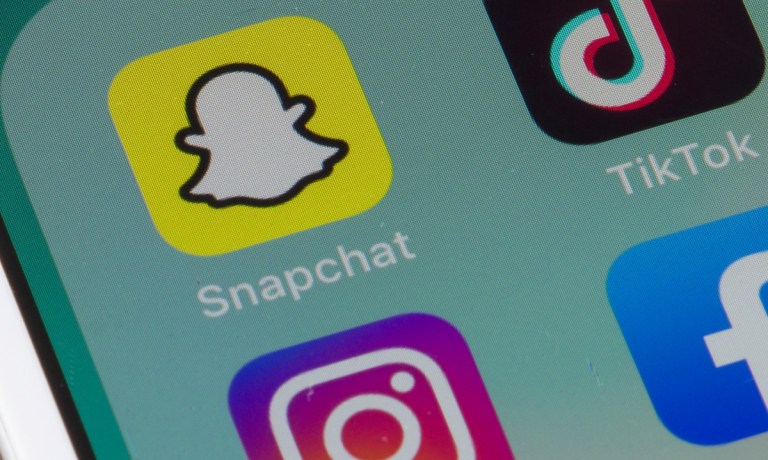
Quarter after quarter, retailers have been singing the same old song, citing macroeconomic challenges as the hook. While the hook remains the same, there’s a new verse being added: U.S. consumers aren’t spending.
This affects more than just brands and retailers. It’s made its way to solution providers, like the Metas and TikToks of the world, and even Snapchat, which rely heavily on advertising to make money.
On Tuesday (July 25), Snap, the parent company of Snapchat, announced its second consecutive decrease in quarterly sales, highlighting ongoing challenges in advertising revenue.
Snap’s second-quarter revenue stood at $1.07 billion, a 4% decrease year over year (YoY). In April the company reported revenue fell 7% YoY, marking its first quarterly sales decline since going public in 2017.
During an earnings call, Evan Spiegel, CEO of Snap, acknowledged, “We are still far from achieving the revenue growth to which we aspire.”
Snap has grappled with the effects of an industrywide advertising downturn, worsened by a broader economic slowdown. To tackle these challenges, the company took decisive actions over the past year, including implementing layoffs, reassessing the priority of various business initiatives, and restructuring its executive team.
Larger tech companies like Google and Meta have also felt the slowdown over the past year. As a smaller social media platform with a narrower audience, Snap has marketed itself as a place for personal connections, but fails to consistently hold the top spot in advertisers’ preferences.
The intensifying competition from rivals like TikTok has added to Snap’s challenges. TikTok’s rapidly growing user base has surpassed Snap’s, making it larger and more popular.
In the investor letter, Snap disclosed that it has modified its ad platform this year with the aim of boosting user engagement with ads. However, the company acknowledged that some advertisers experienced disruptions due to these changes.
In its efforts to boost advertising revenue, Snap has pursued various strategies. The company implemented a revenue-sharing program aimed at attracting more creators. PYMNTS recently speculated that this effort may have yielded results, and The Wall Street Journal reported that the time users spent watching Snapchat Stories from creators participating in the revenue-sharing program more than doubled in the first quarter of the year.
See also: Snapchat Reportedly Reaps Benefits From Creator Revenue-Sharing Program
In addition, Snap conducted experiments with sponsored links in its not so smart AI-powered chatbot, My AI, providing users with personalized ads based on their chat history with the bot.
And just this month, the camera company launched the ability to enable users to showcase their work and additional profiles on the platform through the integration of Linktree’s link-in-bio tool.
Read more: Snap Enables Profile Links but Which Creators Will Convert?
Last year, Snap also introduced its subscription service named Snapchat+, which has garnered over 4 million users one year after launching.
According to PYMNTS, although the number of subscribers for Snapchat+ might represent only a small fraction of the platform’s global daily active user (DAU) base (383 million as of April), the collective contributions of these subscribers, even just a few dollars per month from each, could translate into hundreds of millions of additional revenue per year.
Read also: Snapchat+ Reaches 4 Million Subscribers as Gen Z Demands Exclusive Access
However, despite its efforts, Snap is expected to face ongoing challenges. Jasmine Enberg, an analyst at Insider Intelligence, believes that the recent initiatives introduced by the company lack substantial impact on its business at the moment. Enberg also said the revival of the ads business is likely to depend on the overall improvement of the economy.
Snap projected its revenue for the current quarter to be in the range of $1.07 billion to $1.13 billion.
Snap also grew its user base. The number of DAUs surged to 397 million during the second quarter, a 14% increase YoY. The company said much of this growth came from international markets rather than the U.S.